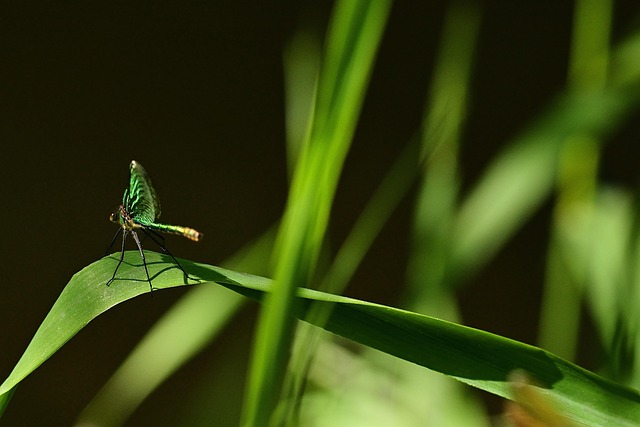Termites and rodents pose significant risks to homes, causing structural damage and health hazards. Regular annual home pest inspections are vital for early detection, preventing infestations, and preserving property values. Professionals check exterior foundations, walls, ceilings, and interior spaces like attics and crawl areas for signs of pests. Proactive prevention through cleaning, sealing gaps, and maintaining a clean environment is more effective than reactive damage control, saving homeowners money and ensuring a safe living space.
“Ensure your home remains a safe haven, not a potential breeding ground for termites and rodents with targeted inspections. This comprehensive guide delves into the world of common pests, highlighting why regular checks are essential for maintaining a healthy living environment. We’ll navigate key areas to focus during these inspections and provide prevention tips for homeowners. Stay proactive, not reactive, against unwanted visitors with our expert insights on home pest inspection.”
Understanding Common Pests: Termites and Rodents
Termites and rodents are among the most common pests that homeowners often encounter, making them key focus areas during a home pest inspection. These insects and animals can cause significant structural damage to homes if left unchecked. Termites, for instance, feed on cellulose-rich materials, which means wood in your home is a favorite meal for them. They can quietly chew through wooden beams, floorboards, and furniture, leading to costly repairs if not detected early.
Rodents, such as rats and mice, are equally problematic. They not only cause damage by gnawing on wires and structures but also pose health risks due to their ability to carry diseases. A home pest inspection aims to identify these pests’ presence, locate entry points, and recommend effective control measures to protect the investment and ensure a safe living environment.
The Importance of Targeted Inspections
Targeted inspections for common pests like termites and rodents are an essential component of maintaining a healthy living environment in your home. A comprehensive home pest inspection goes beyond routine checks, focusing on high-risk areas where pests tend to congregate or infest. By doing so, potential issues can be identified early, preventing extensive damage that often accompanies undetected pest problems.
These targeted inspections are crucial for several reasons. They ensure peace of mind, allowing homeowners to address pest concerns promptly. Moreover, they safeguard investments by preserving property values and averting costly repairs associated with severe pest damage. Regular targeted inspections also contribute to a more sustainable approach to pest management by encouraging proactive measures rather than reactive solutions.
Key Areas to Focus During an Inspection
During a comprehensive home pest inspection, professionals pay close attention to several key areas that are particularly vulnerable to common pests like termites and rodents. One critical zone is the exterior of the property, including foundations, walls, and ceilings. Signs of entry points, such as holes or cracks, are carefully examined as these can indicate active infestations or potential vulnerabilities. Termites, for instance, often leave distinct patterns of damage, with wood that appears chewed or hollow to the touch.
Interior inspections should cover attics, basements, and crawl spaces—areas where pests tend to hide or build nests. Signs of rodent activity include droppings, gnaw marks, and unusual noises. Electric lines and plumbing are also essential areas to check for damage caused by rodents or termites, as these pests can infiltrate homes through utility systems. A thorough home pest inspection involves a meticulous review of all these zones to identify existing or potential issues, ensuring a safe and healthy living environment.
Prevention and Maintenance Tips for Homeowners
Regular home inspections are a proactive measure against common pests like termites and rodents, essential for any homeowner. A detailed home pest inspection should be conducted annually to identify potential entry points and signs of infestation early on. Maintaining a clean and clutter-free environment is key; seal gaps around pipes and wires, store food in airtight containers, and promptly clean up spills or debris. Trimming trees and shrubs away from the house can also deter pests by eliminating hidden access points.
Additionally, establishing a strong physical barrier is crucial. Install screens on windows and doors, and apply weather-tight sealing to prevent entry. Regularly inspect for damaged wood or signs of chewed materials, addressing these issues immediately. Remember, proactive prevention methods are more effective and cost-efficient than extensive damage repair later.
A thorough home pest inspection, focusing on common invaders like termites and rodents, is a proactive step towards maintaining a safe and healthy living environment. By understanding these pests’ habits and conducting regular targeted inspections, homeowners can catch potential issues early, preventing extensive damage and costly repairs. This process is key to ensuring peace of mind and the long-term preservation of your property. Remember, prevention through inspection and maintenance is the best strategy in the world of home pest control.
